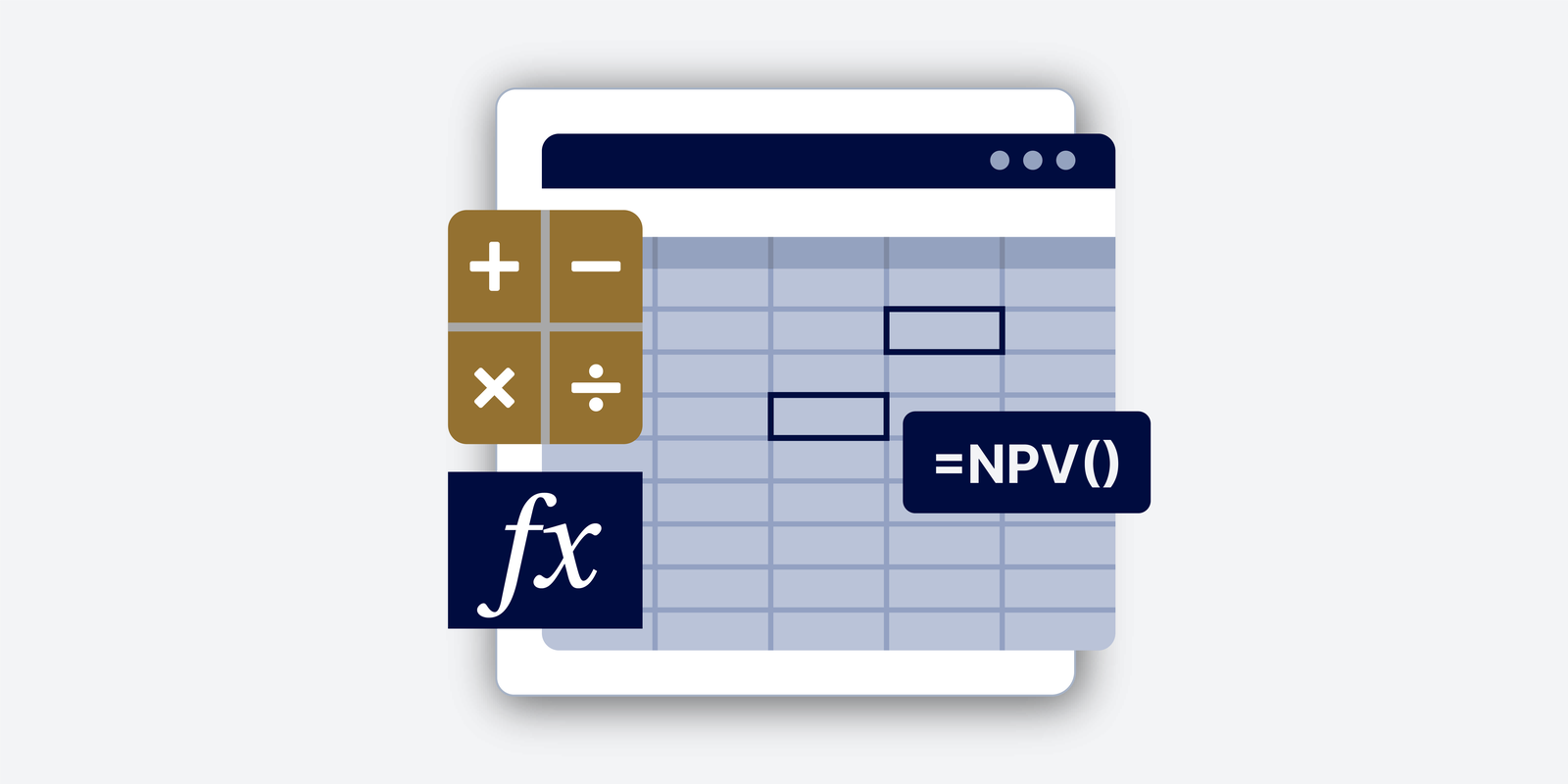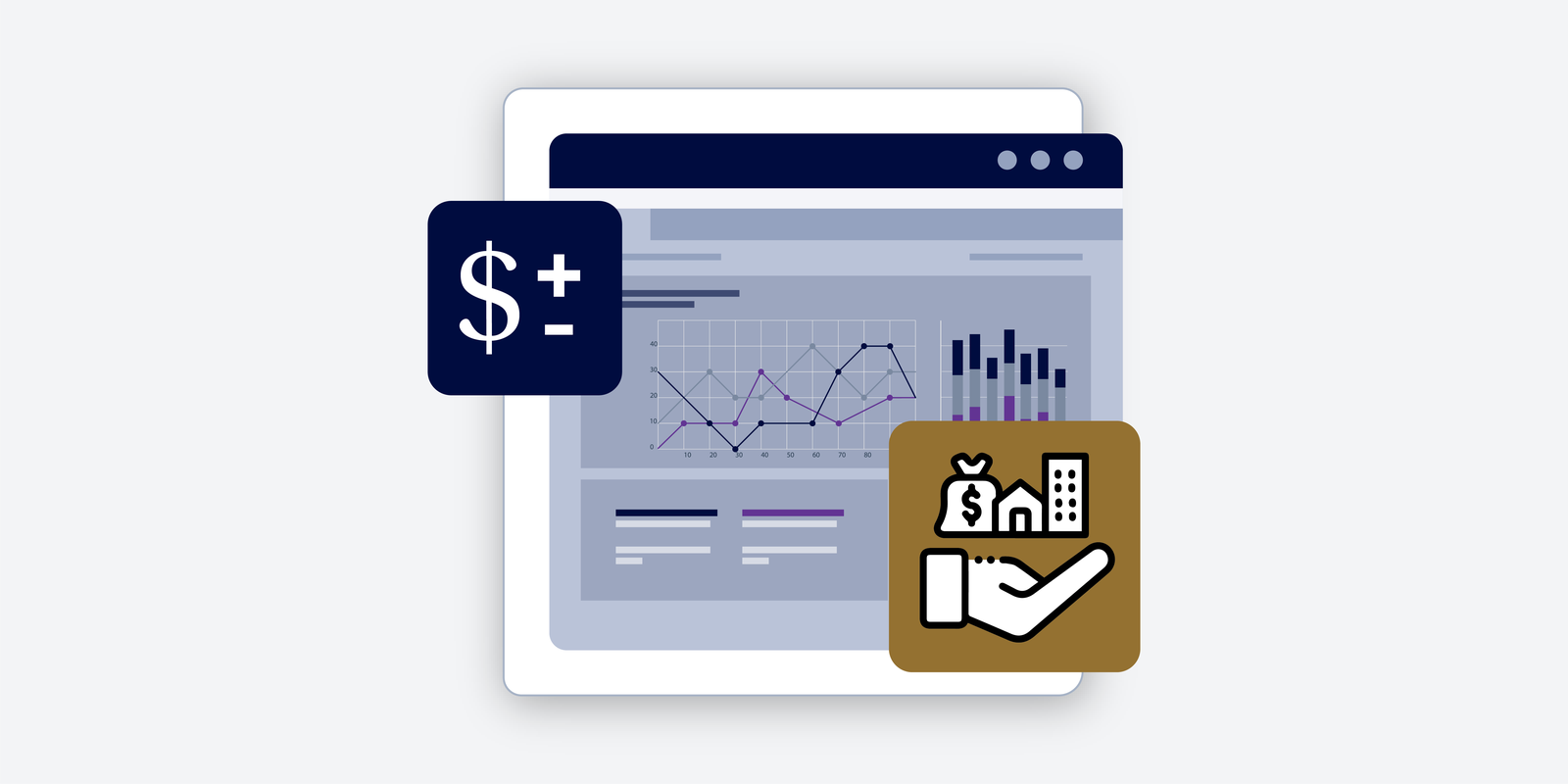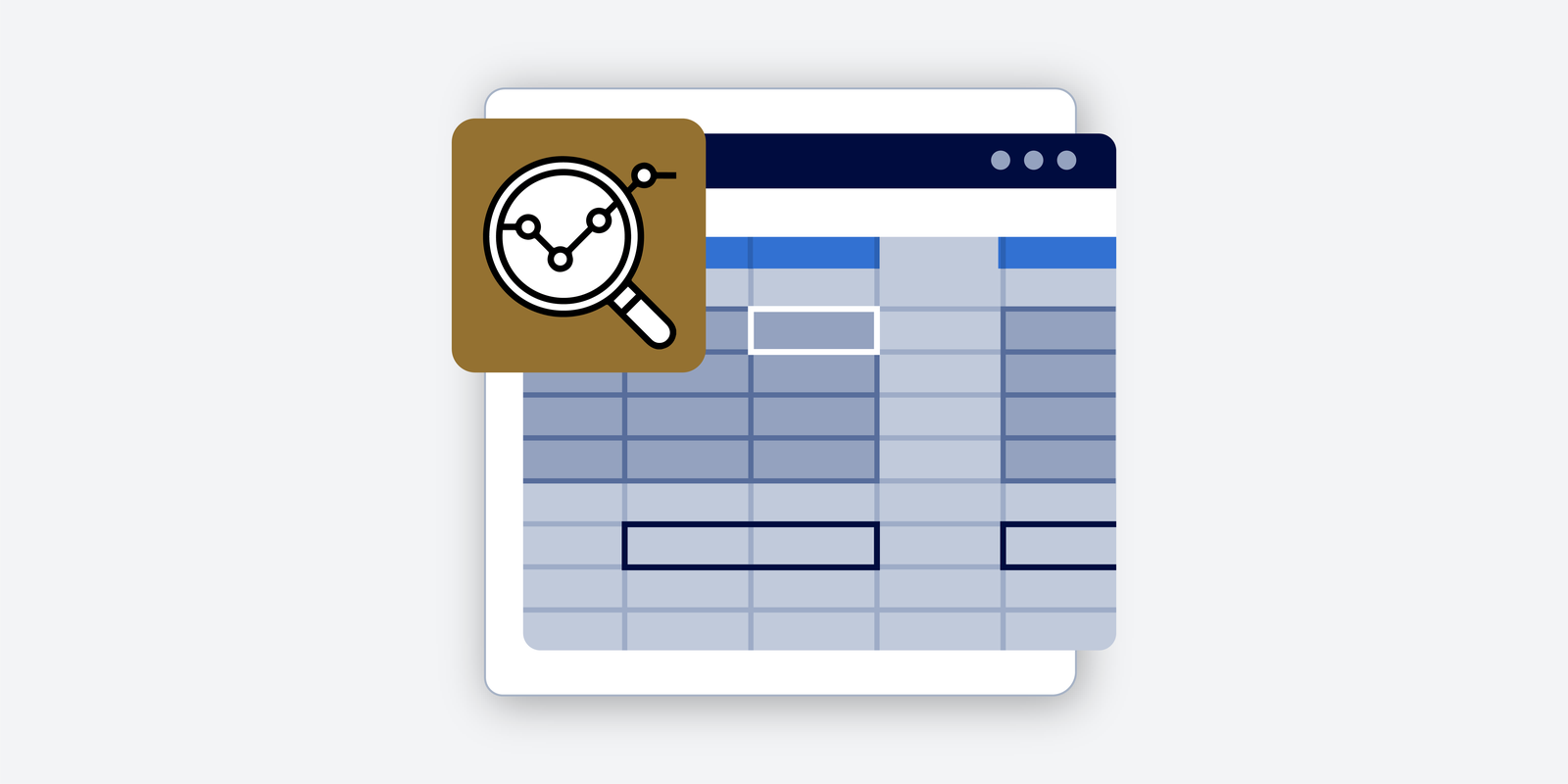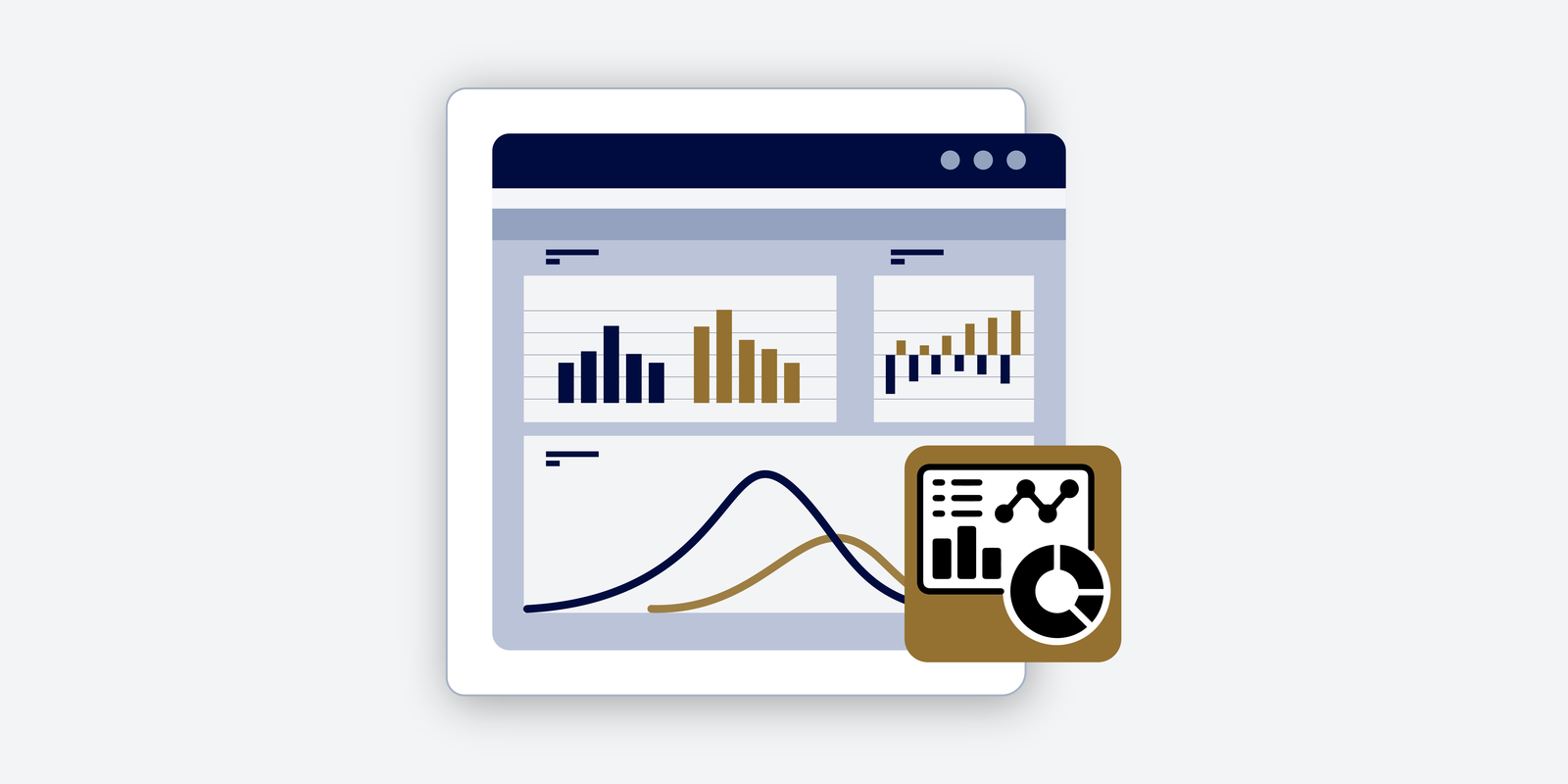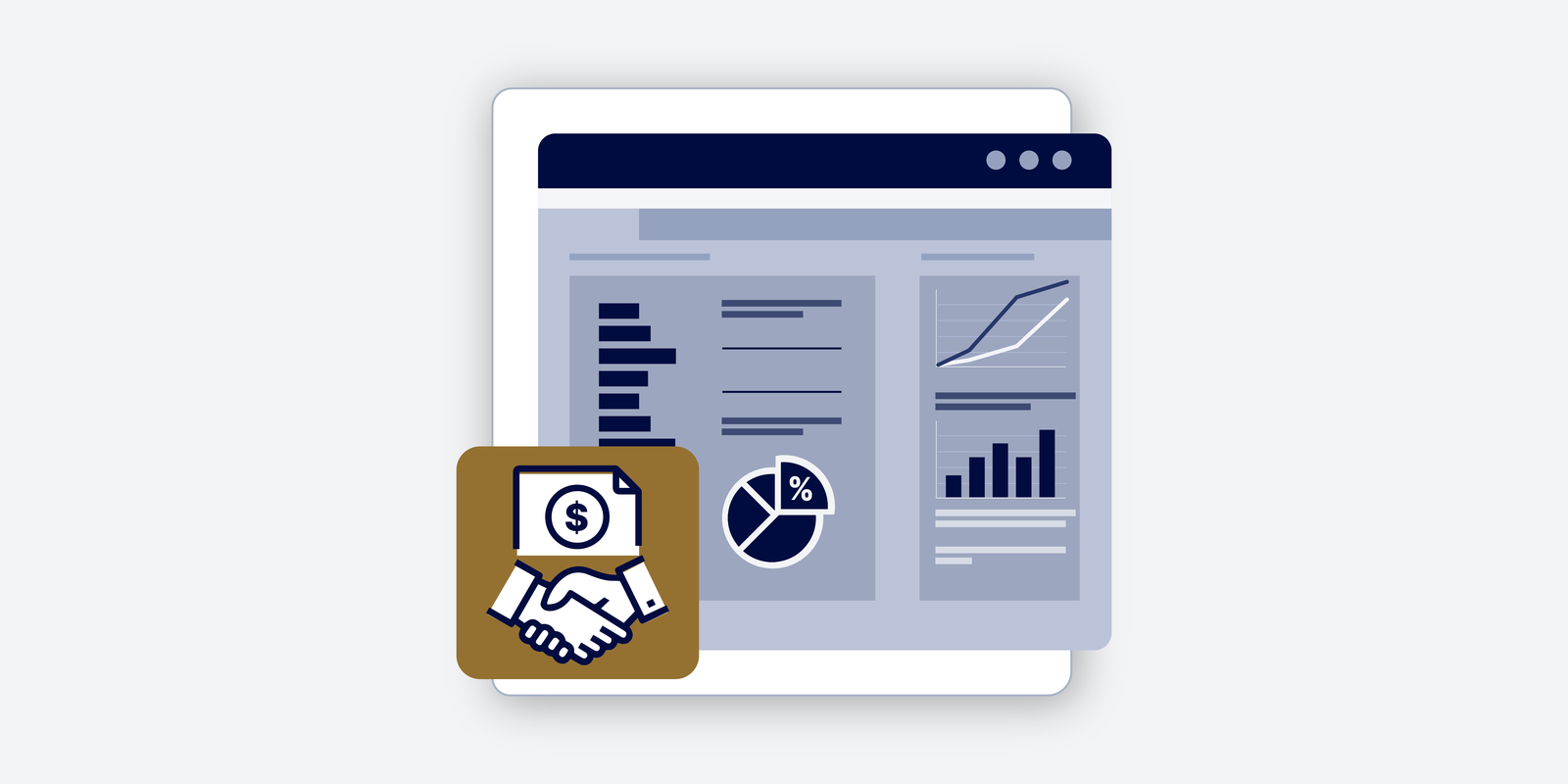Corporate Finance Explained | The Hidden Risks of Off Balance Sheet Financing
Your company’s balance sheet looks clean, but what financial secrets might be hiding just off the books? In this episode of Corporate Finance Explained on FinPod, we explore the hidden world of off-balance sheet financing. This practice isn’t always bad. Sometimes it’s a smart strategic move, but it can also be a dangerous way to…


